Daniel Johnston stars in this psychedelic short film about an aging musician coming to terms with the dreams of yesteryear.
Related Movies

3 Logical Exits (2020)
A sociological meditation on the different "exits" that young Palestinians choose, in order to cope with life in the refugee camps.

At the End of Nothing at All (2024)
Every morning, Marcel confides in his tape recorder. It is from his reflections on life that this film takes us into the wake of his story.
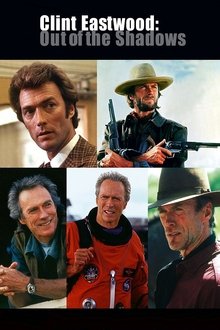
Clint Eastwood: Out of the Shadows (2000)
Hollywood careers are full of make-or-break moments. For Clint Eastwood, one such moment came when studio powers agreed to let him make his directing debut. That story and others comprise this portrait of the famed Hollywood icon. His career is explored via an array of film clips, interviews and more.
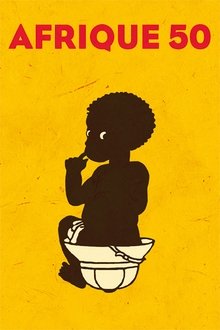
Afrique 50 (1950)
The first French anti-colonialist film, derived from an assignment in which the director was to document educational activities by the French League of Schooling in West Africa. Vautier later filmed what he actually saw: “a lack of teachers and doctors, the crimes committed by the French Army in the name of France, the instrumentalization of the colonized peoples.” For his role in the film, Vautier was imprisoned for several months. The film was banned from public screening for more than 40 years.

It's Your Health (1949)
Tommy Davis asks dentist Dr. Hendricks about his older brother Jim, a star halfback who failed his Annapolis dental examination. The doctor offers good advice, the kind one should share with his friends. Tommy invites his whole gang to hear Dr. Hendricks explain the importance of dental health and how dental disease can be controlled. Dr. Hendricks tells a fascinating story. He talks about mouth hygiene, dental care and the role foods play in protecting dental health. Tommy and his friends learn the facts, and the care of their teeth and health takes on a new, highly important light. As for Jim, he profits, too. The story ends on the note that dental health is essential in health generally, appearance and personality.

Still Processing (2021)
A box of stunning family photos awakens grief and lost memories as they are viewed for the first time on camera.
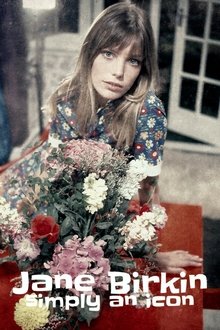
Jane Birkin: Simply an Icon (2019)
A kaleidoscopic portrait of the English actress and singer Jane Birkin, heroine of pop culture.

Ulrike Meinhof (2006)
The authors Johannes Unger and Sascha Adamek follow the traces of Ulrike Meinhof's life. In the documentary, contemporary witnesses who knew Ulrike Meinhof directly and experienced her path from different perspectives have their say: publisher Klaus Wagenbach, Spiegel editor-in-chief Stefan Aust, Meinhof friends Peggy Parnass and Erika Runge, RAF members Monika Berberich and Manfred Grashof, friends and neighbors from her youth and journalist Bettina Röhl, Ulrike Meinhof's daughter.

Wormwood (2017)
In this genre-bending tale, Errol Morris explores the mysterious death of a U.S. scientist entangled in a secret Cold War program known as MK-Ultra.
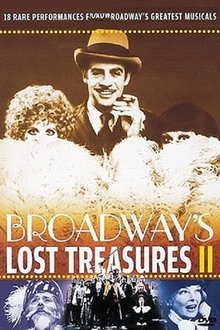
Broadway's Lost Treasures II (2004)
The annual Tony Award broadcast provides the only filmed record of Broadway's best for audiences to experience as if they were front-row-center on opening night. This second compilation of great musical moments from the Tonys features another dazzling array of stars and performances. Hosts Lauren Bacall, Bebe Neuwirth, Brian Stokes Mitchell and Jerry Orbach introduce these one-of-a-kind performances and share their personal Broadway and Tony memories.
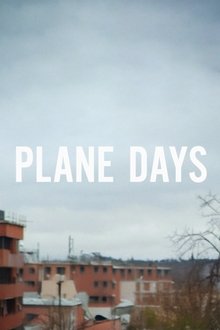
Plane Days (2008)
Old friends. Young friends. Lovers and loners. They all wait, hoping to see something they have never seen before. A Virgin? Thai? Singapore? Hopefully another one for the book. A flask of tea or bottle of wine to keep warm, and every day around the perimeter fence at Heathrow is a plane day.

Impersonator (2012)
Ilham’s friends submitted his photo into a worldwide Obama look alike contest and he won. Life changed quickly, with lots of invitations to speak all around Asia, and one big one – to the White House. In efforts to encourage a very reluctant Ilham to take on the persona, many people along the way have offered help. The Minister of Health gave him the suit he is wearing. He doesn’t remember who gave him this particular tie.

Oil Man (2013)
Jim Rodgers is in the world's oldest profession, doing business the 'old school' way. In fact, Jim likes everything old, except his women.

Ivica Vidović (2005)
A short documentary about one of the most prominent Croatian actors of all time.

Vice Versa: Chyna (2021)
The rise and fall of wrestler Joanie Chyna Laurer, whose life was cut short in 2016. Her contributions to the WWE business and her pioneering work and her gripping tale of the "comeback" starting in 2015.

Le Sourire (1960)
In the year that Cannes Film Festival handed out awards to Federico Fellini for La Dolce Vita, L'Avventura by Michelangelo Antonioni, and Kagi by Kon Ichikawa -- 'Le Sourire' won the Palme d'Or for Best Short Film in 1960. This quiet and intelligent film is a remarkable interpretation of a young monks perspective into a world of meditation, sacred geometry, and coming of age. A tribute to Buddhism, introspection and the wonders of nature...a short but lasting work of art.

Connor McDavid: Whatever it Takes (2020)
Connor McDavid: Whatever it Takes follows the most physically and emotionally challenging offseason of Connor McDavid's career. This documentary is the remarkable comeback story of one of the NHL's best players after what could have been a career ending or altering injury. A world-class medical team led by Mark Lindsay, supervised McDavid's gruelling rehabilitation program which combined advanced sport science and imaging techniques with Connor's sheer will to overcome, allowing him to return to the Edmonton Oilers lineup for the 2019-20 home opener. McDavid not only came back, but is faster and stronger than ever and having the best season of his young career. McDavid enters the 2020 All-Star break leading the NHL in scoring, and has his Edmonton Oilers in the hunt for 1st Place in the Pacific Division.

Land Without Bread (1933)
An exploration —manipulated and staged— of life in Las Hurdes, in the province of Cáceres, in Extremadura, Spain, as it was in 1932. Insalubrity, misery and lack of opportunities provoke the emigration of young people and the solitude of those who remain in the desolation of one of the poorest and least developed Spanish regions at that time.
